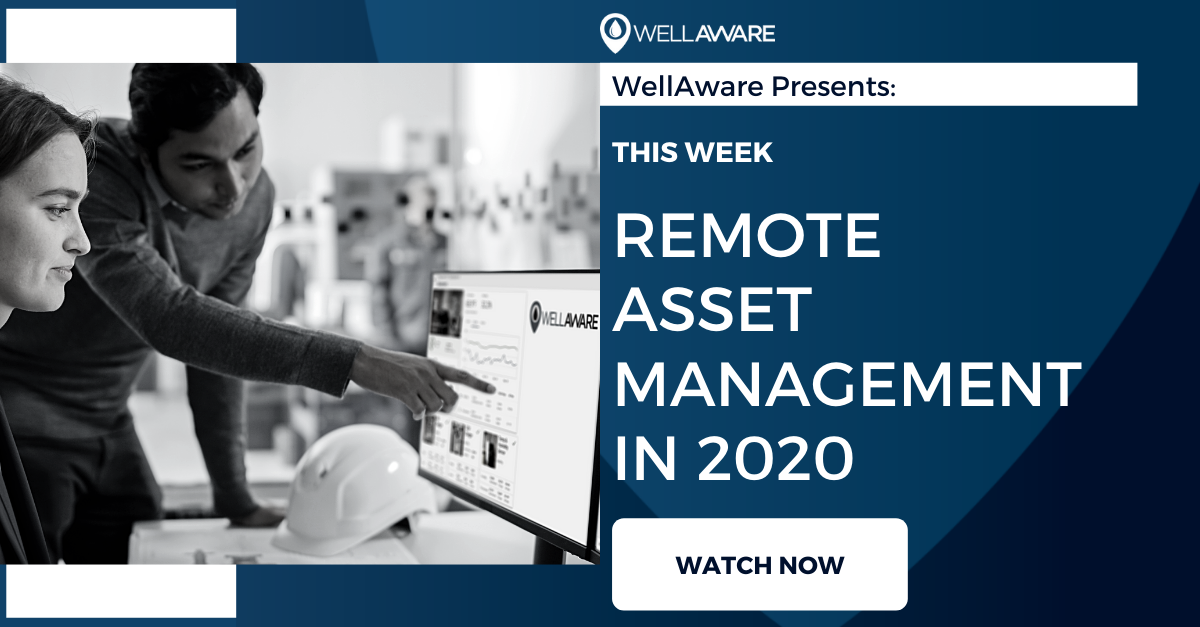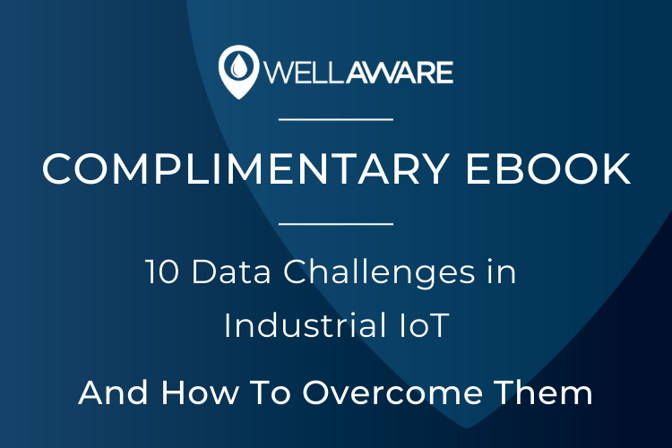
News, Insights, and more on Industrial IoT
One of the main goals of implementing a remote monitoring system is to build a data-driven culture that produces positive business outcomes. With rich, quantitative data, leaders can enhance decision-making, optimize operations, and increase the productivity of their workforces.
However, building an effective remote monitoring alerting is not as simple as installing Internet of Things (IoT) infrastructure and flipping a switch. One of the most overlooked and difficult aspects of remote monitoring is the change management it requires. Analysts and industry experts have discussed this reality extensively (more examples here, here, and here). Industrial organizations, especially, struggle in this area, as their workforces aren’t naturally built for data excellence.
Industrial workers are hired for hard, physically demanding labor, not data collection and analysis. Field technicians and facility operators are typically less tech-savvy, not because they aren’t capable, but because they spend their energy optimizing physical assets, infrastructure, and processes. Maintaining a remote monitoring system on top of a full, complex workload can be overwhelming.
Many industrial workers have also been burned in the past by digitization efforts. Bad technology and poorly constructed business models can cause more damage than good for employees. It’s not uncommon for workers to distrust remote monitoring insights, especially when they are first installed. Remote monitoring systems are also expensive to upgrade and maintain, making it hard for industrial workforces to support the investment.
Finally, employees are justifiably wary of the possibility that their jobs might get replaced by the technology that they help implement. Rather than view monitoring systems as valuable tools that help them to perform their jobs better, some operators go as far as to sabotage their solutions.
At WellAware, we know the transition to a remote monitoring system can be hard. We encourage industrial leaders to view the effort like a “jar of marbles” that gets filled over weeks and months. Building trust and adopting a data-driven culture takes time, like slowly adding marbles to a jar. And one of the most important milestones along this journey is how organizations deal with what we call the “First Big Insight.”
Over the years of supporting our customers through remote monitoring implementations, we’ve noticed that many will identify an operational issue that has gone unnoticed by staff. For example, an organization might discover regular power losses, temperature spikes, or other asset failures.
Nearly every time, workers will declare that the monitoring system is wrong. Then, leaders often assign blame, which causes employees to get defensive.
Do not fall into this trap.
This reaction pattern erodes trust tremendously. To go back to our earlier example, it’s like taking that jar of marbles and turning it upside down. Rather than dismiss the information or point fingers, seek understanding. The First Big remote monitoring data insight should be followed immediately by a call to the IoT vendor support team. A sophisticated vendor partner will be able to help explain what is going on and validate findings. The support team can provide context and additional information to prove the remote monitoring system is functioning properly.

Once you know the data is accurate, dig in:
Answer these questions as a team. Doing so establishes a strong precedent for how to effectively address operational issues with data going forward.
We recommend fixing any faults at this stage using processes that rely on the remote monitoring system. Set up alarms, generate reports, and give your people the technology-based tools they need to make the necessary changes. Although it may be less efficient, don’t let your workforce fall back into old habits.
Consider incentivizing new behavior with bonuses, competitions, or fun events. Then, celebrate getting through the First Big Insight milestone! It’s a big deal and a huge win for the organization. By leaning into your remote monitoring system early, you build a strong foundation for establishing a data-driven culture that will thrive over the long term. The First Big Insight is often a make-or-break point for remote monitoring systems. How you respond can determine your success or failure.
Ready to implement a remote monitoring solution that creates real value for your organization?
Call WellAware to learn more about how we support companies with top-tier, free premium support so that they can understand their data and move towards better business outcomes.

Having a data challenge? You're not alone.
Sign up for our blog and receive a free eBook on the 10 data challenges in Industrial IoT and how to overcome them.
Have a Question?